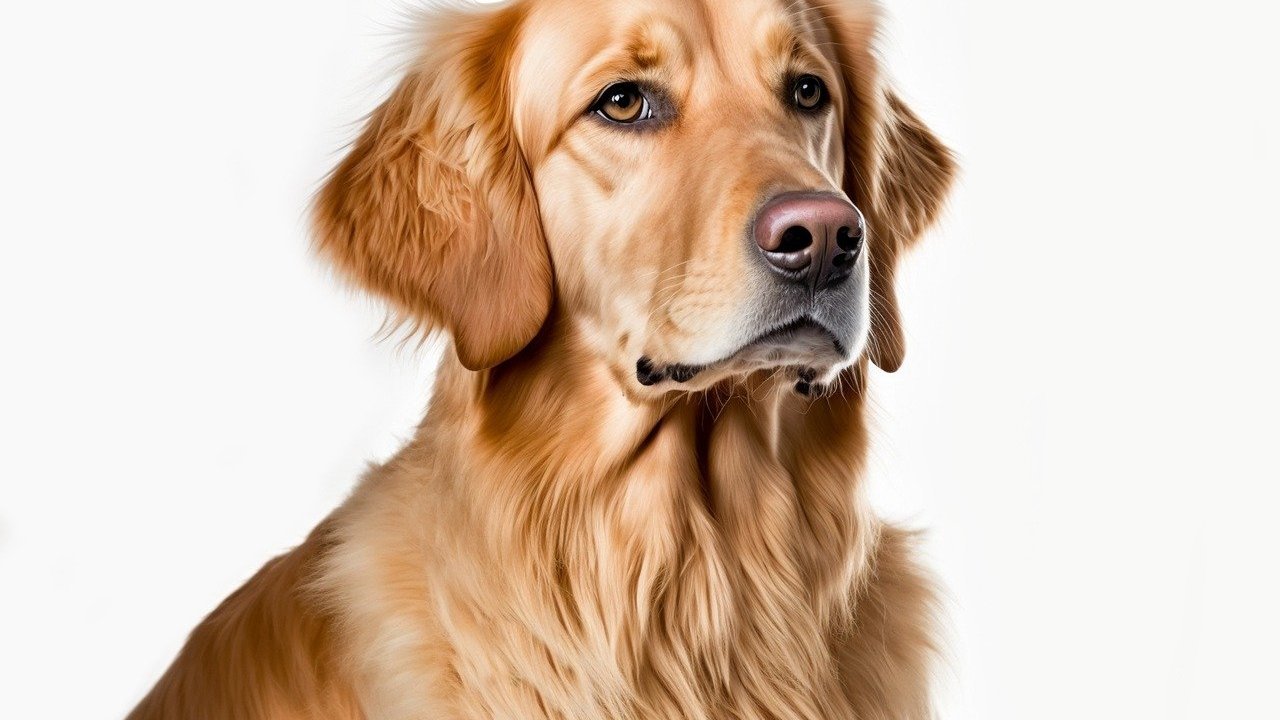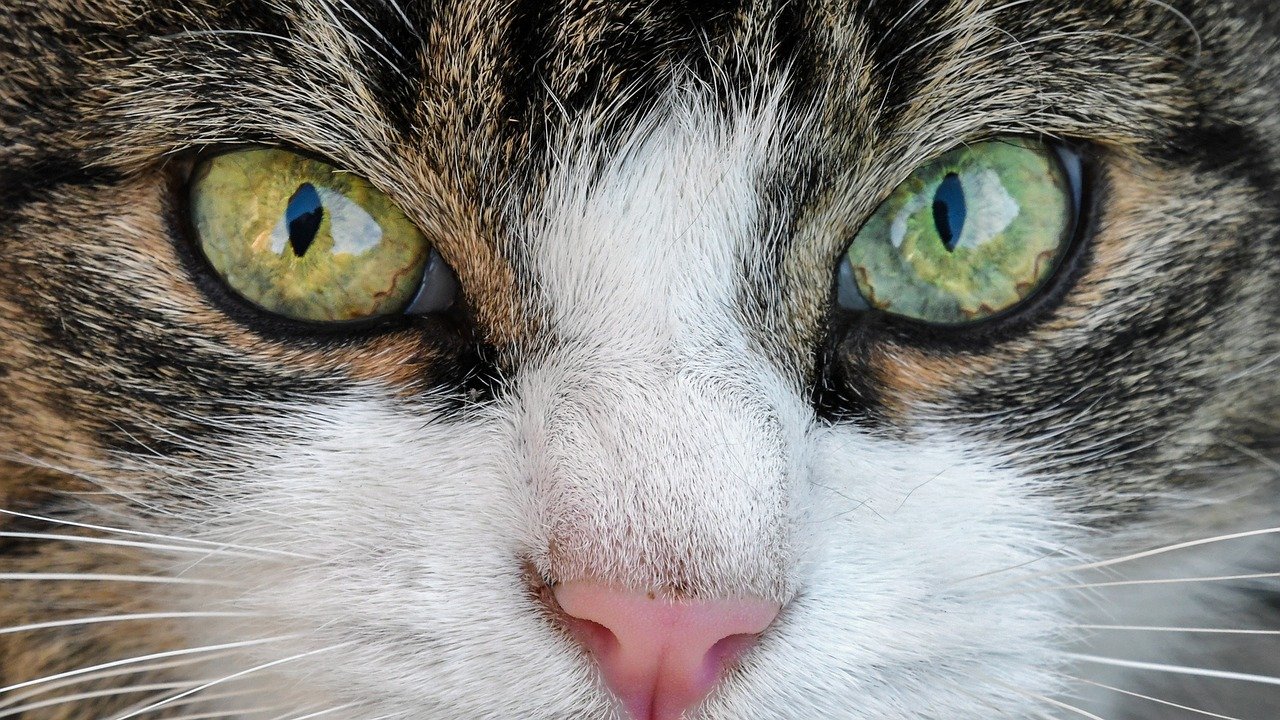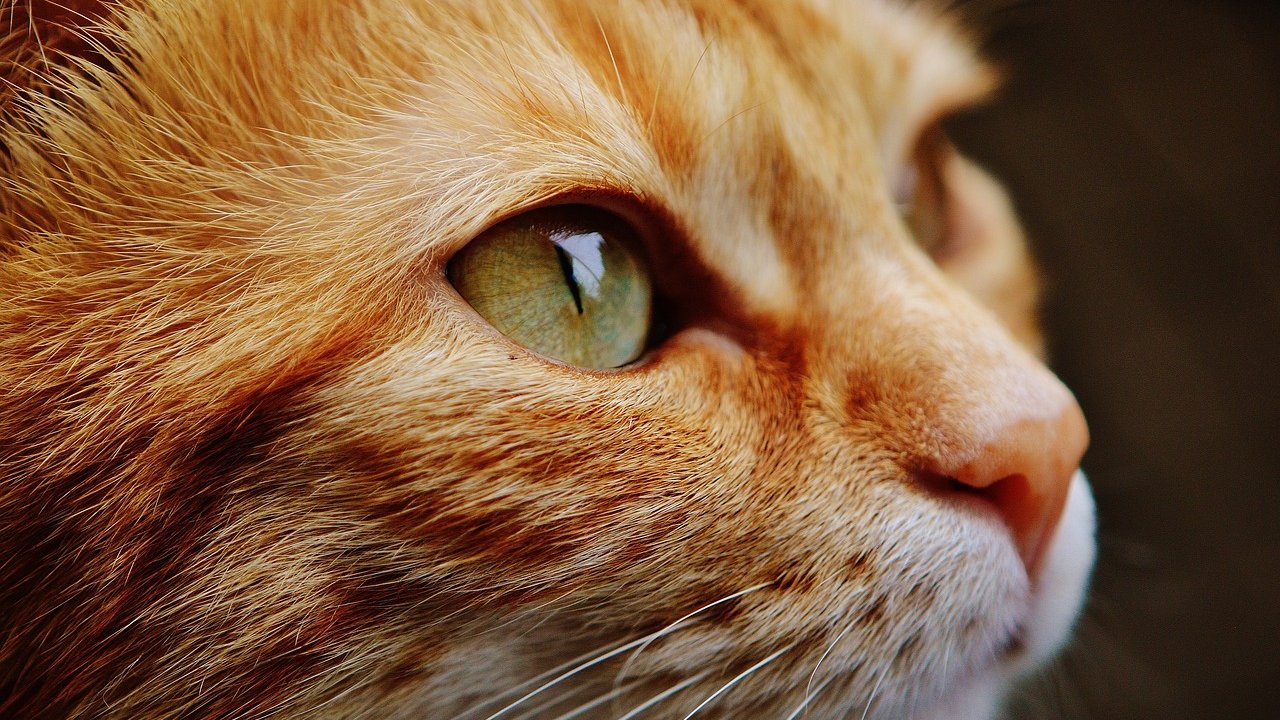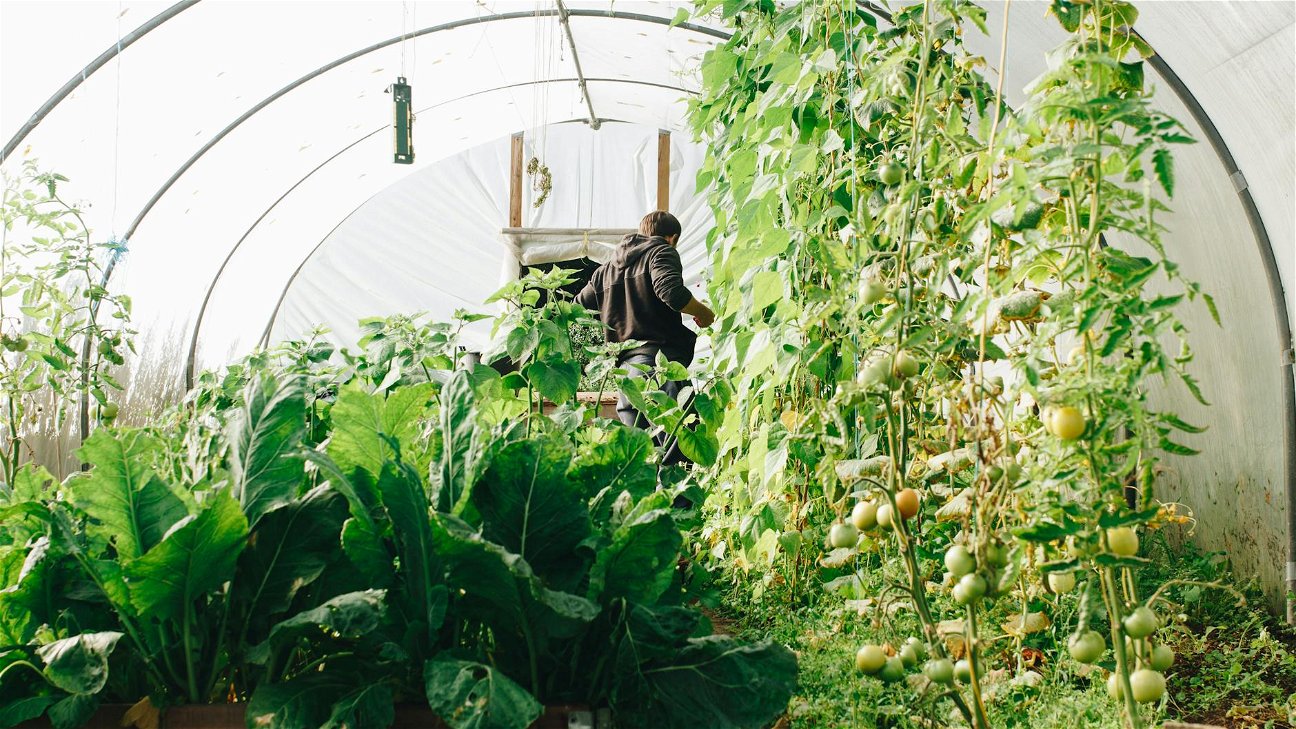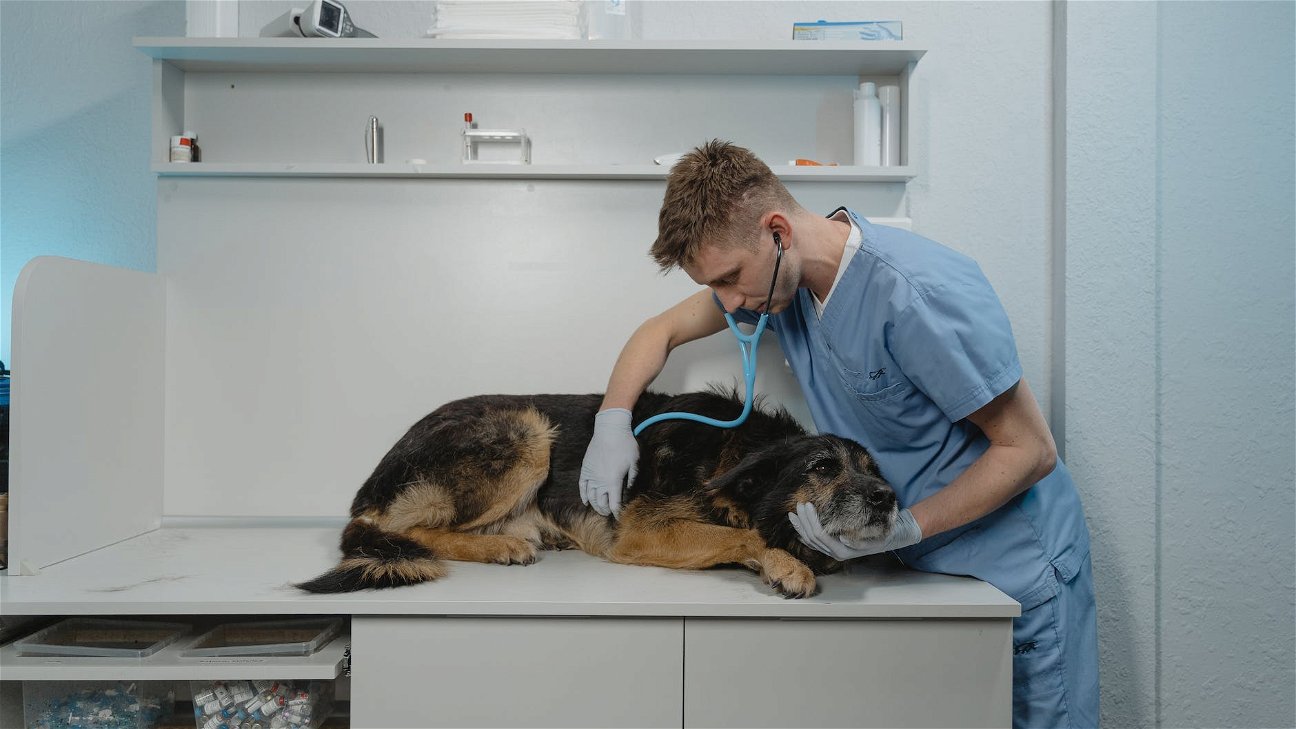
Changing your pet's diet can be a daunting task. Whether it's due to health reasons, age, or just a desire to try something new, it's essential to make the transition as smooth as possible. Here are 3 tricks to help you make this process easier for your pet.
Gradual transition is key
The first trick to transition your pet to a new diet is doing it gradually. A sudden change can lead to digestive issues and other health problems. Start by slowly mixing the new food with the old one. You can start with a ratio of 25% new food to 75% old food. Gradually increase the amount of new food over a week or so until your pet is fully on the new diet. This method allows your pet's digestive system to adjust to the new food.
Make mealtime fun
The second trick is making mealtime fun. It's not just about the food but also about the experience. Make your pet look forward to mealtimes. You can try adding a bit of new food to their favorite toy or using food puzzles. These activities can stimulate their mind and make them more likely to try new food.
Monitor your pet's reaction
The third trick is monitoring your pet's reaction to the new diet. Keep a close eye on their eating habits, behavior, and overall health. If you notice any changes such as loss of appetite, lethargy, or digestive issues, it could be a sign that the new diet is not suitable for your pet. In such cases, consult with your vet immediately.
Some pets may take longer to adjust to a new diet than others. Patience and persistence are key in this process. Remember, a healthy diet is crucial for your pet's well-being. Therefore, making a successful diet transition is essential.
Here's a summary of the 3 tricks in a convenient table:
Transitioning your pet to a new diet doesn't have to be a complicated process. With these tricks, you can make it a stress-free experience for both you and your pet. Remember, every pet is unique, and what works for one might not work for another. Always consult with a vet before making any significant changes to your pet's diet.

